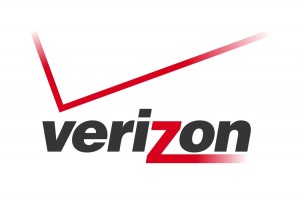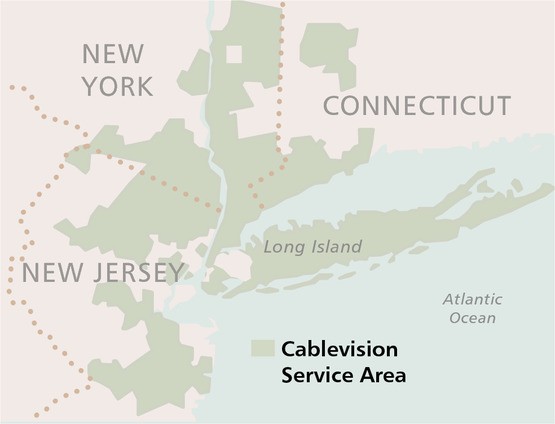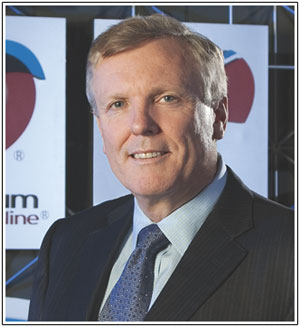 A Florida utility company has told federal regulators it is certain Verizon has a plan to exit its landline and wired broadband businesses within the next ten years to become an all-wireless service provider.
A Florida utility company has told federal regulators it is certain Verizon has a plan to exit its landline and wired broadband businesses within the next ten years to become an all-wireless service provider.
Florida Power & Light argued in a regulatory filing with the Federal Communications Commission it was clear Verizon had plans to exit its wireline business after the phone company suddenly informed regulated utilities like FP&L it no longer seemed interested in fighting over pole attachment fees and pole ownership and use issues. FP&L suggests that is a radical change of heart for a company that has fought tooth and nail over issues like pole attachment fees for years.
“Verizon has made it clear it intends to be out of the wireline business within the next ten years, conveying this clear intent to regulated utilities in negotiations over joint use issues and explaining that Verizon no longer wants to be a pole owner,” FP&L wrote to federal regulators. “Indeed, the current proposed [$10.54 billion sale of Verizon facilities in Florida, Texas and California] proves this point.”
Verizon has fought repeatedly with the Florida power company over the fees it pays FP&L to attach copper and fiber cables to the power company’s poles. Verizon Florida has repeatedly accused FP&L of charging unjust fees and at one point withheld payments to the utility worth millions.
In February, the FCC dismissed Verizon’s complaint for lack of evidence in the first-ever decision in a pole attachment complaint case involving an incumbent telephone company under a joint use agreement with an electric utility. The power company accused Verizon of lying when it promised concrete benefits to consumers if the FCC reduced joint use pole attachment rates. Suddenly, Verizon no longer seems to be interested in the issue.
 “Verizon has not increased its efforts to deploy wireline broadband in the last three years; and there is no evidence that Verizon has used the capital saved on joint use rates for the expansion of wireline broadband,” FP&L officials write. “Indeed, all of the evidence shows that Verizon is abandoning its efforts to build out wireline broadband.”
“Verizon has not increased its efforts to deploy wireline broadband in the last three years; and there is no evidence that Verizon has used the capital saved on joint use rates for the expansion of wireline broadband,” FP&L officials write. “Indeed, all of the evidence shows that Verizon is abandoning its efforts to build out wireline broadband.”
The power company is not about to just wave goodbye to Verizon. It filed remarks opposing the sale, claiming the benefits will end up in the pockets of executives and shareholders while customers get little or nothing. FP&L wants the FCC to enforce concrete conditions that guarantee Frontier will invest in upgrades to Verizon’s network, especially in non-FiOS service areas.
FP&L added it supports forward technological progress for the benefit of consumers, but the price of that progress should not be the abandonment of wireline customers, contractual obligations, and past promises to the FCC. The utility wrote it is not opposed to Verizon becoming a fully wireless company, but it should only be allowed to do so after it ensures that “its wireline house is in order.”
As things stand today, the utility argues Verizon is looking to abdicate on its obligation to deliver universal service and is no longer interested in maintaining its wired networks. FP&L points to Verizon’s efforts in 2013 to discard damaged wired facilities in favor of Voice Link, Verizon’s wireless landline replacement, in states including New York, New Jersey, and Florida.
“There should be no doubt that Verizon’s strategy to abandon wireline service in favor of wireless service extends beyond New York and Florida and beyond storm damaged and rural areas,” argues FP&L.
The utility points to Verizon’s successful effort to relieve itself of obligations to build a statewide fiber network in New Jersey that was supposed to be complete by 2010.
“Verizon, quite simply, has failed to build out wireline broadband in New Jersey because Verizon has no interest in doing so,” said FP&L. “As the sale of wireline facilities in Florida, Texas, and California […] clearly demonstrates, Verizon obviously is no longer interested in the wireline broadband business and sees its financial future in the wireless industry.”


 Subscribe
Subscribe The Cable Show (now known as INTX) is often used by the cable industry to announce and preview new products and services, and at this year’s convention in Chicago, Comcast CEO Brian Roberts used the occasion to introduce the company’s new DOCSIS 3.1 multi-purpose Home Gateway capable of delivering gigabit speeds over its existing hybrid fiber-coax network.
The Cable Show (now known as INTX) is often used by the cable industry to announce and preview new products and services, and at this year’s convention in Chicago, Comcast CEO Brian Roberts used the occasion to introduce the company’s new DOCSIS 3.1 multi-purpose Home Gateway capable of delivering gigabit speeds over its existing hybrid fiber-coax network.

 If you are a long time Optimum customer, the CEO, management, and shareholders of Cablevision would like to thank you for driving average monthly cable revenue per customer 4.8% higher from a year ago to $155.34 a month.
If you are a long time Optimum customer, the CEO, management, and shareholders of Cablevision would like to thank you for driving average monthly cable revenue per customer 4.8% higher from a year ago to $155.34 a month. “The main drivers of our increased revenue per customer came from a combination of rate increases, but also lower proportion of subscribers on promotion,” said Brian G. Sweeney, chief financial officer. “We had a number of fixed rate increases January 1 of this year related to cable box fees, an increase in our sports and broadcast TV surcharge, as well as the pass-through of PEG fees to certain customers.”
“The main drivers of our increased revenue per customer came from a combination of rate increases, but also lower proportion of subscribers on promotion,” said Brian G. Sweeney, chief financial officer. “We had a number of fixed rate increases January 1 of this year related to cable box fees, an increase in our sports and broadcast TV surcharge, as well as the pass-through of PEG fees to certain customers.”
 To further combat promotion-bouncing, Cablevision is embracing its broadband product line and marketing new cord-cutting packages to customers that offer reduced-size cable television packages and free over the air antennas for local stations. The cable company also recently announced it would offer cable customers Hulu subscriptions. Jim Dolan, Cablevision CEO, believes broadband is where the money is and customers are willing to pay higher prices to get Internet access even when video package pricing has its limits.
To further combat promotion-bouncing, Cablevision is embracing its broadband product line and marketing new cord-cutting packages to customers that offer reduced-size cable television packages and free over the air antennas for local stations. The cable company also recently announced it would offer cable customers Hulu subscriptions. Jim Dolan, Cablevision CEO, believes broadband is where the money is and customers are willing to pay higher prices to get Internet access even when video package pricing has its limits. Your credit worthiness now plays a more important factor in determining whether you can sign up for service with Charter Communications, and if you fail to pay the company has stepped up collection efforts to bring past due or canceled accounts up to date.
Your credit worthiness now plays a more important factor in determining whether you can sign up for service with Charter Communications, and if you fail to pay the company has stepped up collection efforts to bring past due or canceled accounts up to date.
